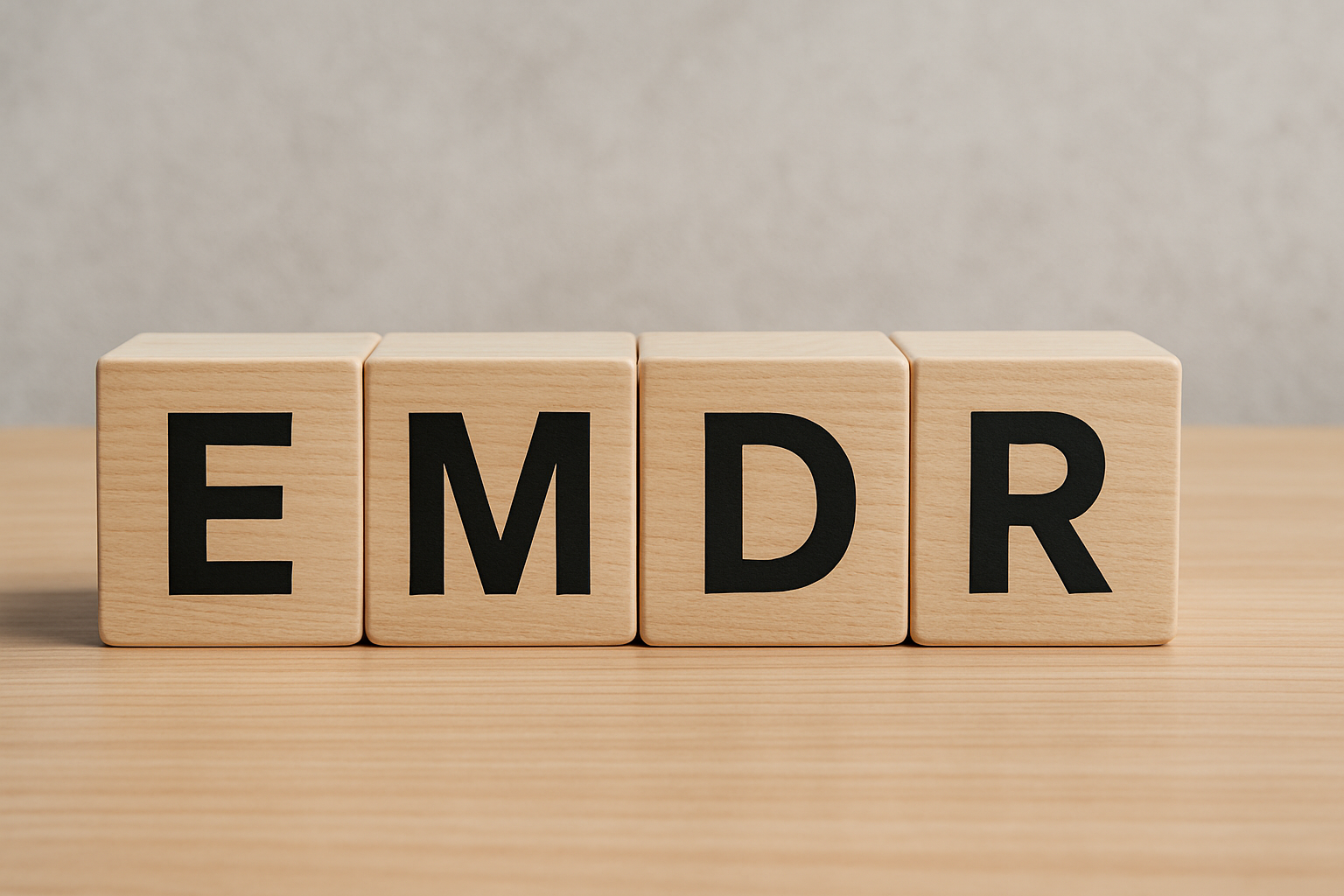Working with Health Anxiety: A Brief Guide for Therapists
By Dr Sophie Gwinnett, Clinical Psychologist and Health Anxiety specialist
Supporting clients with health anxiety requires more than reassurance or symptom-focused strategies. It’s about truly understanding the story behind the fear. Here are my top five tips for therapists working in this space, grounded in Acceptance and Commitment Therapy (ACT) and a trauma-informed approach:
1.Start with a rich psychological formulation
Health anxiety doesn’t appear out of nowhere. Explore earlier life experiences that may have shaped core beliefs around responsibility, safety, and vulnerability. Were they given the message that illness equals catastrophe? That emotions are dangerous? That they’re responsible for keeping others well? A collaborative, evolving formulation anchors the work, helps you see beyond the symptoms and provides a map for therapy.
2. Address the 'wounds beneath the worry'
Don’t overlook the role of trauma. Whether it's medical trauma, attachment disruptions, unprocessed grief or early experiences of feeling unsafe or responsible. Health anxiety can sometimes be a protective strategy in response to unresolved emotional pain. When appropriate, therapy should create space for trauma processing. Approach with compassion, validate often, and honour their story.
3. Work with catastrophic thoughts and the control agenda
For many, health anxiety is an attempt to control the uncontrollable. Catastrophic health-related rumination may give the illusion of control in an unpredictable world. Invite clients to shift from control to compassionate acceptance. ACT is powerful here: what would it mean to make room for uncertainty and still live meaningfully? Invite clients to become more mindful of their thought patterns, name the story, and teach them defusion techniques to gain distance from their unhelpful thoughts. This builds psychological flexibility, rather than increasing cognitive battles.
4. Address maintaining behaviours and cultivate values-based actions
Behaviours such as reassurance seeking, Googling symptoms, excessive body checking and avoidance maintain the cycle of health anxiety. Help clients to identify the costs of these behaviours in the long-term. Work towards connecting them with their values. What matters most to them beyond the pursuit of health-related control? Help clients to notice the urges to engage in these behaviours with curiosity and guide them towards small, meaningful actions that are aligned with their values, even in the presence of anxiety.
5. Instill compassion, kindness and hope
Health anxiety often brings intense shame, self-criticism and isolation and clients can report feeling "weak" or "broken". Normalise their health anxiety as an understandable response to vulnerability and loss, rather than personal failures. Reflect back to them the values that underlie the pain: deep care and a desire to live a rich and meaningful life. Model and encourage the development of a compassionate inner voice, one that can respond to the anxious part of themselves with kindness and always instill hope, genuinely and often, that change is possible.
At its heart, working with health anxiety is about helping someone make sense of their story, heal from past wounds, and shift the patterns that keep anxiety in place. As therapists, our aim is to move clients to reconnect with life, rather than being imprisoned by fear. When we engage deeply with this work with compassion, skill and attunement, we don't just witness symptom reduction but we witness our clients rediscover joy and vitality!
If you would like to discuss clinical supervision for health anxiety or health trauma, please get in touch with Dr Sophie Gwinnett at
contact@brightsidepsychology.com





